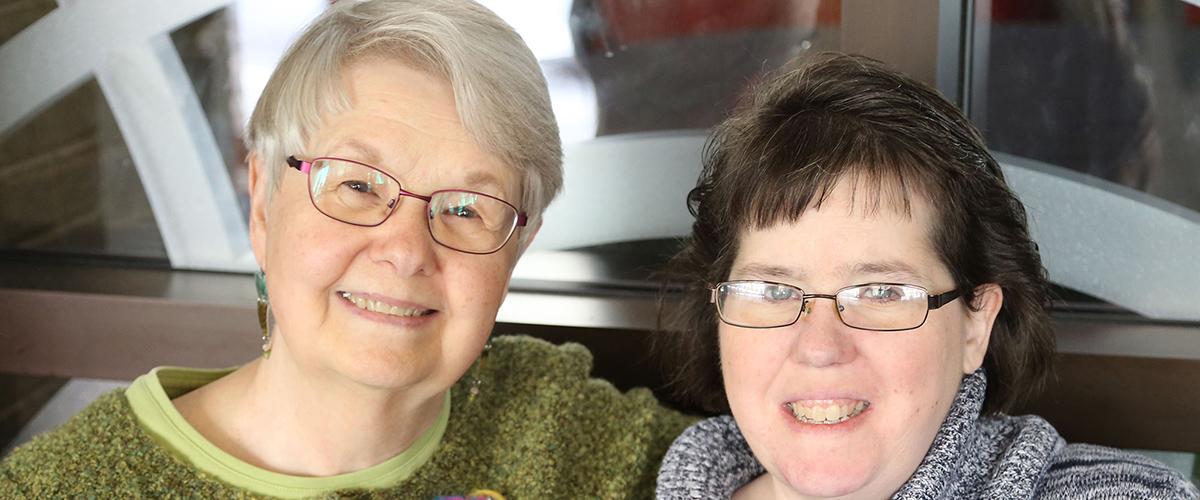Since its discovery almost 25 years ago, researchers have been working to try to understand the DNA mutation causing myotonic dystrophy type 1 (DM1).
The mutation is known by many names, including “CTG repeat,” “triplet repeat,” “trinucleotide repeat,” “expansion mutation” and many more. Over the years researchers have determined that the mutation is unstable, and most often grows larger in size. Not only does the repeat usually get larger each time it is passed on to children, it can also get larger inside an individual person.
For example, a common blood test for DM1 taken from the same person several times over many years reveals that the repeat grows slowly over time. It is important to note that a repeat size reported on a genetic test most often reflects an average size, or the most commonly found size of the repeat, it does not represent the size found in every single blood cell.
Furthermore, the repeat size in the muscles of an individual with DM1 will often be many times bigger than the repeat size found in their blood, making the study of DM1 repeat size a very complicated research field.
Researchers have puzzled over why the repeat is so unstable, and what drives the repeat to expand so much in some types of cells, and in some people more than others. In order to understand this better, researchers from the University of Costa Rica and the University of Glasgow teamed up to examine the DNA from 199 individuals with DM1 in order to determine what might be driving the repeat to grow.
This team had previously developed a way to mathematically predict the original repeat size found in an embryo at the time of fertilization, and determined that this predicted repeat size could more accurately predict the age someone with DM1 would first experience any symptoms. In fact, this predicted repeat size was calculated to be responsible for 89% of the variability seen in blood over time. However the remaining forces driving repeat instability were unknown.
In this recent publication, the same team explored whether there were other genetic factors aside from the repeat that might be inherited, and driving instability. They found that one variation in the genome, inside a gene called MSH3, was strongly connected to an increased amount of instability.
This gene has previously been connected to the instability of DNA repeats, however this is the first time a naturally occurring variation has been connected to driving instability in people with DM1. Researchers call this variation a “modifier,” because it modifies how the DNA repeat behaves over time.
Since larger DNA repeats have been previously associated with more severe symptoms, it is possible that future research might show that symptoms can be worse or better depending on which of the two variations of the MSH3 gene you inherit from each of your parents.
However, that type of study would likely require many more patient samples than this preliminary study of 199 individuals. Interestingly, a study on cancer risk found that this same variation was linked with an altered predisposition to cancer, but the variant that had negative consequences when it came to cancer risk was the variant that saw less instability in DM1. Therefore, this variant can have both positive and negative consequences in humans.
Reference:
A polymorphism in the MSH3 mismatch repair gene is associated with the levels of somatic instability of the expanded CTG repeat in the blood DNA of myotonic dystrophy type 1 patients.
Morales F, Vasquez M, Santamaria C, Cuenca P, Monckton DG.
DNA Repair (Amst). 2016 Mar 8.

